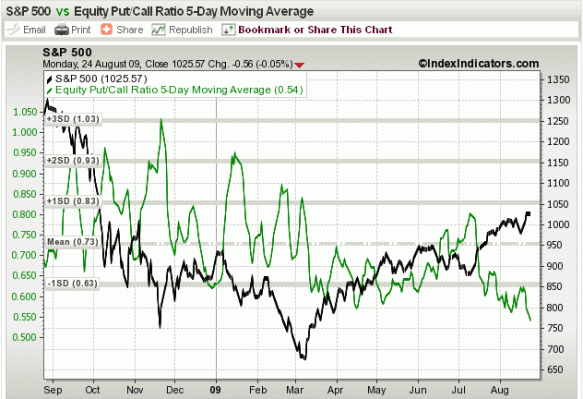Graphite here. I remain an ardent deflationist and continue to see strong risks of a continued collapse in asset values in world real estate and equity markets. That said, one key practice in speculation, no matter how strong one’s conviction in a particular trade, is to understand the other side of that trade and how the market could move against your position.
This can sometimes present a challenge for deflationists because so much of the opposing camp is composed of die-hard Panglossian buy-and-holders betting on a V-shaped recovery, rounded out with a few gold bugs who present little or no argument other than that the Bernanke Fed will embark on a suicidal campaign of massive money printing.
Although Marc Faber has issued calls for hyperinflation before, the discussion in the video below represents a much more measured discussion of a serious alternative to the near-term bearish case for stocks and the economy:
“My sense is that — here I’m talking about the economy — that the economy, near term, can recover, and maybe the recovery will be somewhat lengthier than expected a crack-up boom, because the first stimulus package in the U.S. probably will be followed by a second one, and money printing will lead to even more money printing next year. So it can last, say, 12 to 18 months, and then we will get another set of problems ….”
Faber goes on to recommend buying financial stocks, on the expectation that the banks will continue to get free money from the government and parlay that largess into significant profits. His long-term view remains as bearish as ever, but he presents an important alternative perspective on how soon the economic calamity will arrive and what form it will take.
That said, I think Faber is wrong that the market will continue to enthusiastically take up the Fed’s offers of liquidity and use them to fuel speculation for very much longer. No one is laboring under the delusion that the garbage stocks like AIG, FNM, and FRE which have led this last leg upward are worth anything more than zero — and while from a contrarian perspective that could indicate that there is room remaining for investors to develop an even more desperate belief in a new bull market, I think it is much more likely a manifestation of the new trend toward skepticism which will come to permeate the entire market as the bear runs its course.
Whatever your perspective, it’s always fun to see Marc Faber’s characteristic chuckle at the suggestion that our wise overseers will competently steer us through the crisis.








